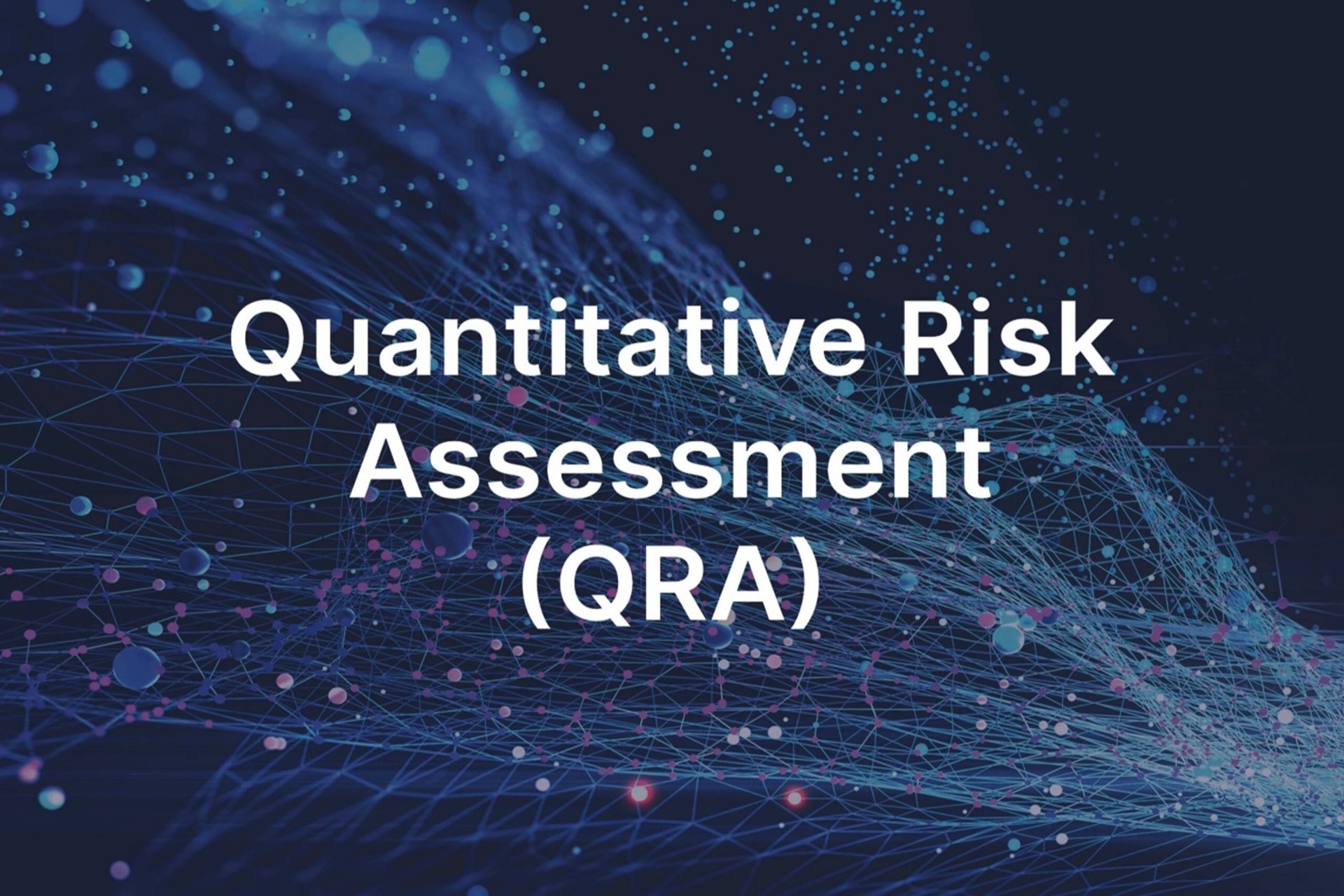
FAQ- VENT DISPERSION ANALYSIS
Exactly! A Vent Dispersion Analysis Study is crucial for understanding the behavior of airborne emissions from industrial sources and their effects on the environment and public health. Key components of such a study include: Emission Characteristics: Understanding the physical and chemical properties of the released gases or particulates, such as density, toxicity, temperature, and concentration levels. Meteorological Conditions: Factors such as wind speed and direction, atmospheric stability, temperature gradients, and humidity all influence how pollutants disperse in the atmosphere. Topographical Features: Surrounding landforms like hills, valleys, or buildings can affect how emissions spread or become concentrated in certain areas. Modeling and Simulation: Sophisticated software tools are often used to model the dispersion patterns under different scenarios, helping to predict worst-case conditions and average dispersal trends. Health and Environmental Impact Assessment: The study evaluates the potential exposure levels for human populations and ecosystems, helping to define safe zones and mitigation strategies. Regulatory Compliance: Vent dispersion analyses help industries meet local and international air quality standards and emission limits, such as those set by the EPA or other environmental agencies. This analysis plays a key role in industrial planning, safety measures, and environmental protection efforts.
FAQ-EMERGENCY RESPONSE & DISASTER MANAGEMENT PLANS (ERDMP)
The objectives of the Emergency Response and Disaster Management Plan (ERDMP) are as follows: Safeguarding Lives, Environment, and Property: Protect the lives of individuals at the site and in its vicinity, as well as the surrounding environment and property. Containing and Controlling the Incident: Quickly and effectively contain the incident, bring it under control, and restore normalcy as soon as possible. Minimizing Damage: Reduce the impact and extent of damage to lives, property, and the environment. Rescue and Treatment of Casualties: Prioritize the rescue and medical treatment of those affected by the incident. Assisting in Evacuation: Support district administration in safely evacuating people from affected areas to safe zones. Providing Welfare Assistance: Offer necessary welfare assistance to those affected by the incident, particularly casualties. These objectives guide the development and implementation of an ERDMP to ensure a structured and effective response to emergencies.

METHODOLOGY FOR HAZARDOUS AREA CLASSIFICATION-IS
The purpose of the Hazardous Area Classification study is to determine the extent of the hazardous areas around equipment handling or storing flammable fluids, combustible fluids and combustible dusts, both liquid and vapors in terms of Zone 0, Zone 1, Zone 2 and Division 1 and Division 2

METHODOLOGY FOR LOPA STUDY
The LOPA (Quantitative Technique) is based on establishing a tolerable frequency for each consequence resulting from an impact event. LOPA is a simplified form of risk assessment. LOPA typically uses order of magnitude categories for initiating event frequency, consequence severity, and the likelihood of failure of independent protection layers (IPLs) to approximate the risk of a scenario.

METHODOLOGY FOR VENT DISPERSION ANALYSIS STUDY
Vent is used for safe disposal of the vented gases to the atmosphere. Flammable or toxic gases are released from the vent. To ensure that the hazards of venting these gases are tolerable for the people near the site, a quantitative hazard analysis of gas venting is often required. The Dispersion study is carried to estimate and identify the quantity of material release from the vents to atmosphere, potential hazards and its effects, occurrence of hazards during the process.

METHODOLOGY FOR QRA STUDY
QRA is a technique used to systematically calculate the risks from hazardous events. It involves predicting the size of consequences associated with a hazard, and the frequency at which a release of the hazard may be expected to occur. These aspects are then combined in order to obtain numerical values for risk – usually risk of fatality. QRA includes consideration of all identified hazardous events in order to quantify the overall risk levels. Similar hazardous events are often grouped and assessed together as bounding or representative events




